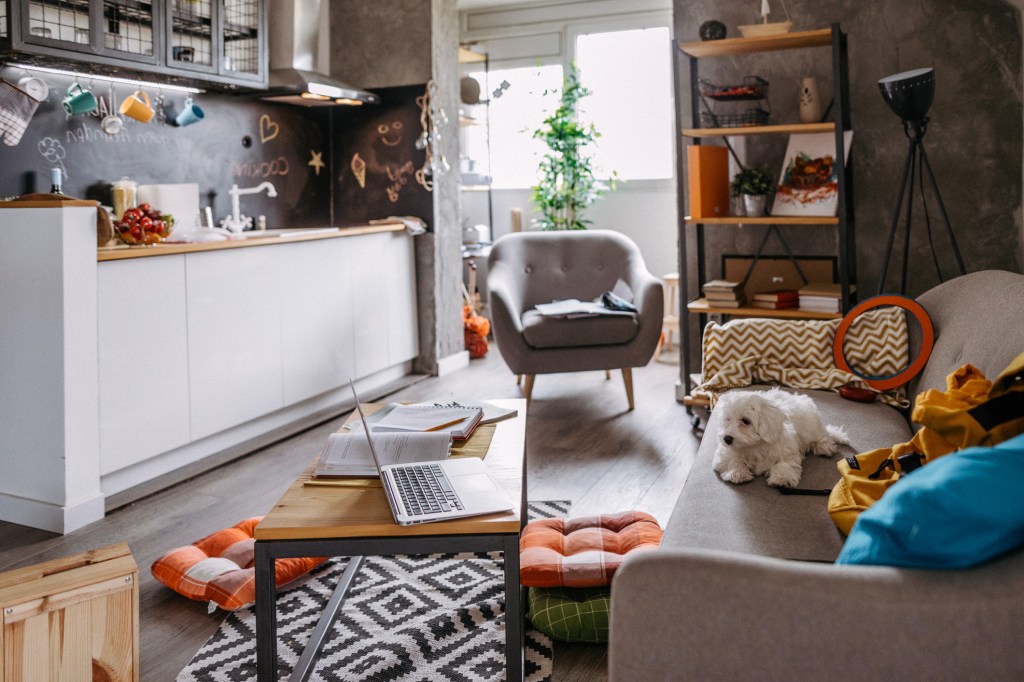As a born and raised New Yorker I know a thing or two about living in a small space. The design experts at Instrument Furniture, however, have some amazing tips that they’ve shared with us to help make any small home feel bigger and less crowded while also saving on precious space.
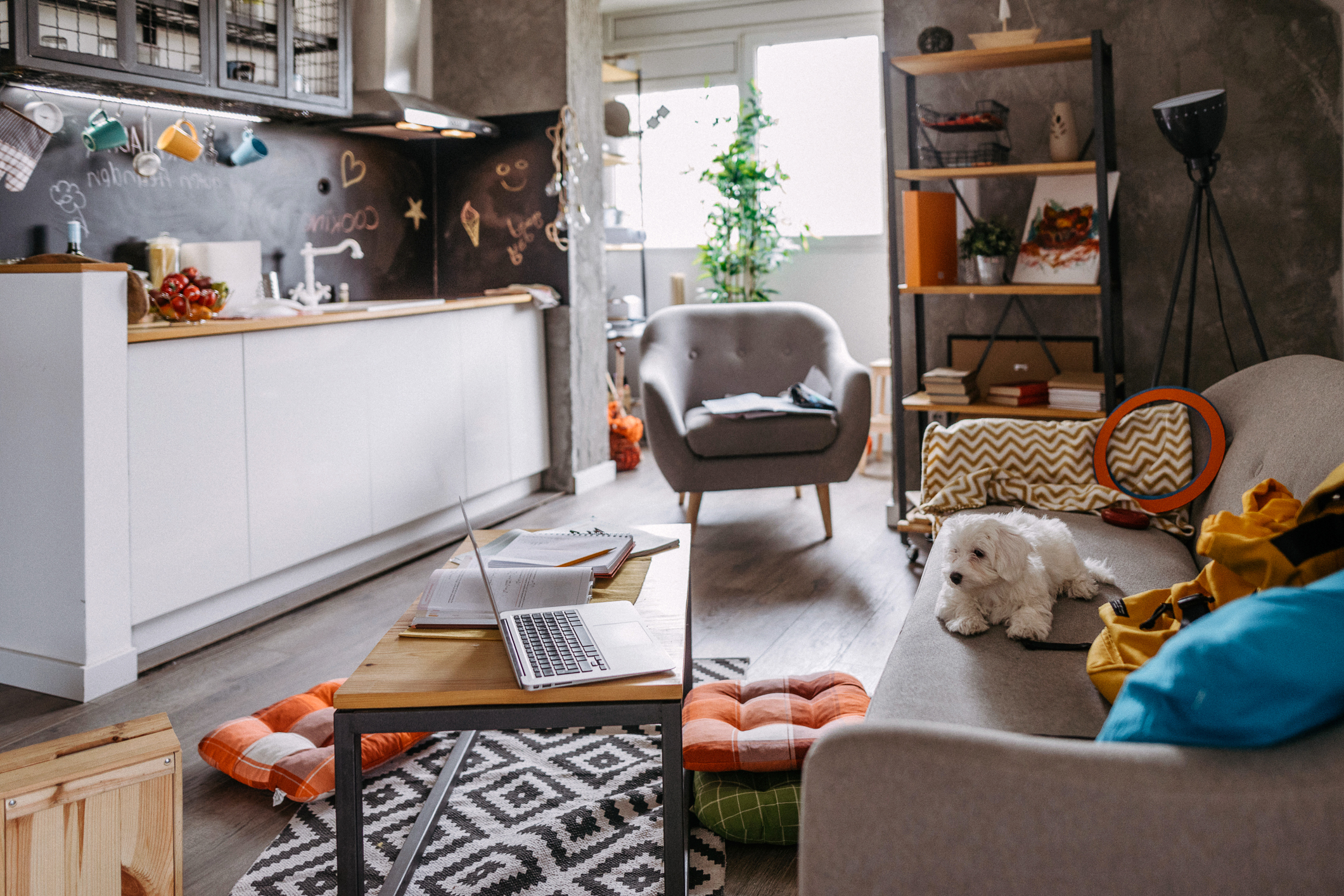
Invest in a good wardrobe
“Your bedroom’s main storage space will be your wardrobe. It’s therefore important to decide the layout and type of storage you need, such as more hanging or drawer space. Sliding doors will work better in small spaces, as bifold doors will need greater clearance area to function properly. Go as big as possible, playing with the scale of furniture without overwhelming the space. Don’t be deterred if you feel they’re too bulky for your room, as it’s a clever way to combine all the storage you need while keeping minimal furnishings. This will ensure that you have maximum storage without requiring additional furniture pieces, like another clothes rail or shoe rack.”
Opt for lighter colors, and keep it minimal
“Dark colors will absorb light and make the room feel smaller and more intimate. To open the space up and trick the eye into thinking the room is bigger, choose lighter colors. Neutrals such as white, grey and cool tones like soft blues and greens typically work well, and glossy paint will help to reflect light around the room. Co-ordinating the color of your furniture and walls will create an illusion that makes the room feel bigger.”
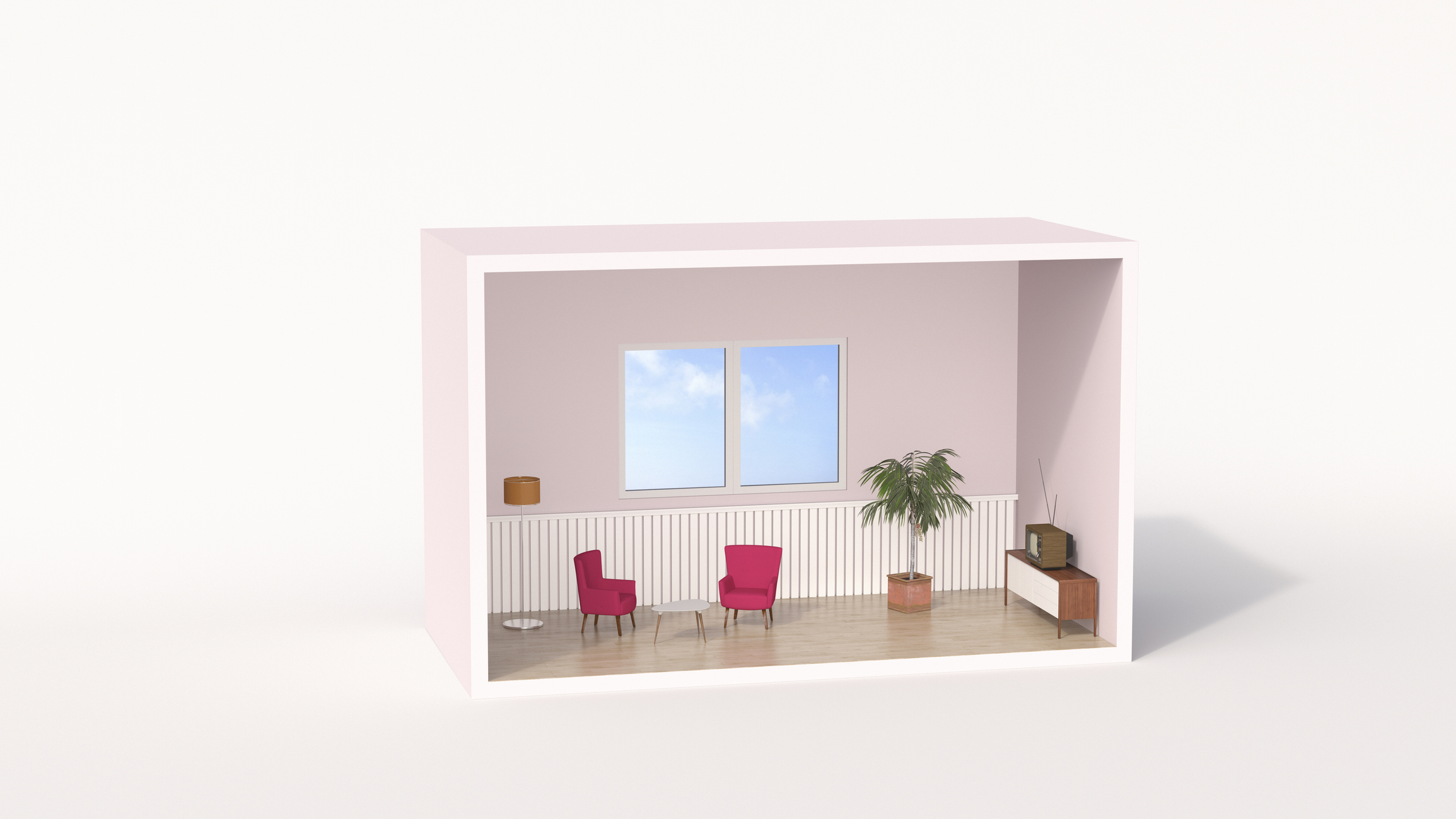
Allow for clean visual space
“Make sure you leave a clear path to walk through your room, keeping corners empty. Your eye should be able to travel clearly through your home without obstruction. Keep a clean view of windows, ensuring they aren’t obstructed by large pieces of furniture, as this will make the window look smaller and block light. Instead, opt for smaller pieces near the window which will help with the visual scale of the room.”
Use mirrors to reflect light and add depth
“It’s no secret that mirrors can make a room feel larger by creating the illusion of more space. When positioned creatively, mirrors can capture light and reflect it into darker parts of the room, making the space feel bigger. This can be used for both natural and artificial light. Hanging mirrors opposite or adjacent to a light source will reflect the light into darker areas and make the space feel more open. Mirrors can also be used to add depth and appeal to a room, making it feel larger. For example, a plain wall can be improved by using a cleverly positioned mirror to highlight an object in a different part of the room that has a contrasting texture or pattern. Mirrored wardrobes and other reflective surfaces such as glass tabletops and metallic finishes on furniture can be used for the same effect.”
Highlight your windows with an oversized curtain rail
“Small spaces don’t always have big windows to play around with. If that statement applies to you, don’t worry. You can create an illusion to make windows look larger by hanging curtain rods higher and wider than the window frame, which will make the window frame seem larger than it actually is. As a general guide, try to overhang curtain rods by around 15 inches width past the window frame and 6-10 inches taller.”
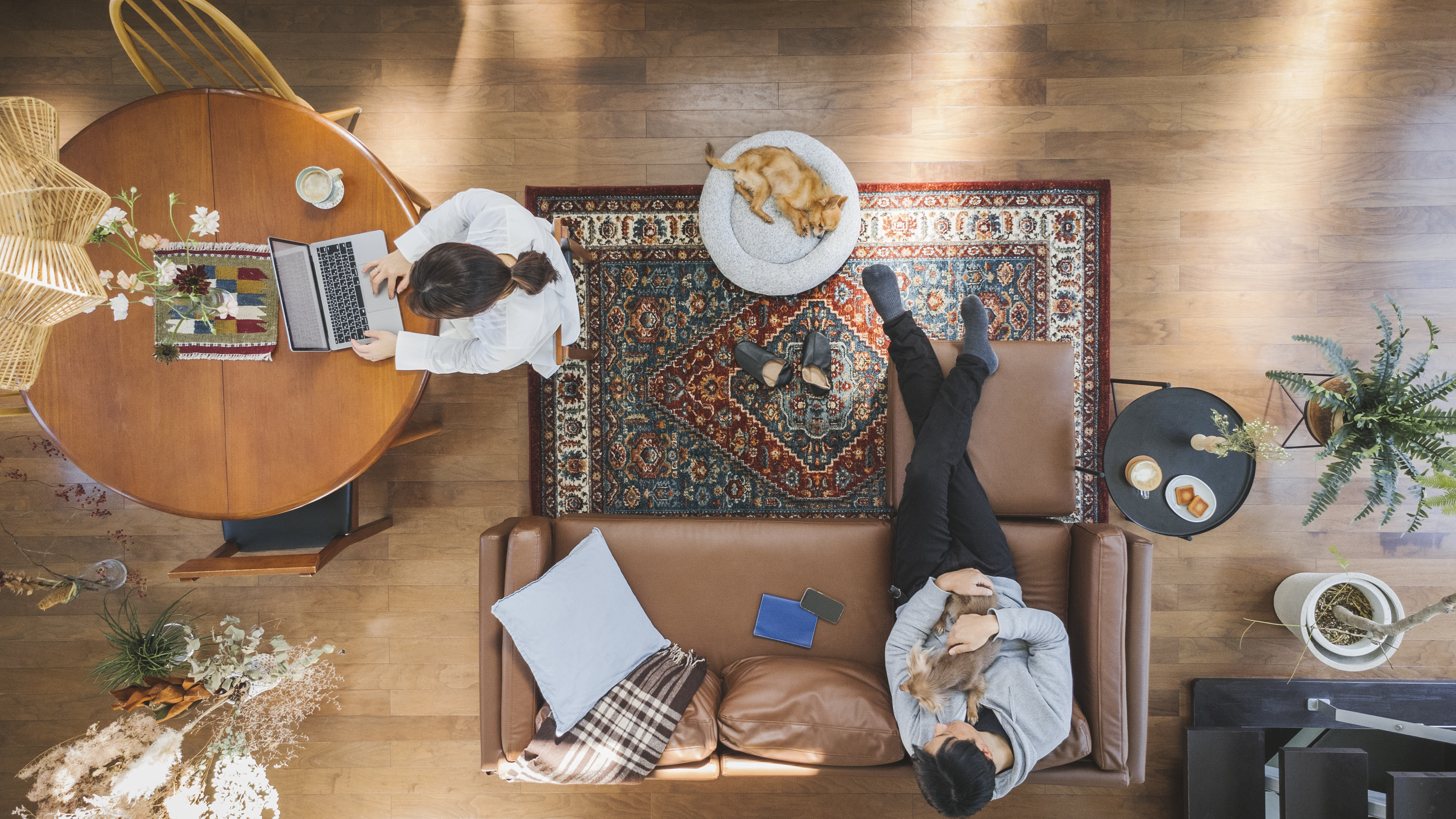
Emphasize height and draw attention upwards
“Keeping objects off the floor will aid with visual balance. Use a focal point to draw the eye upwards, along the eyeline or above. The reason this makes the space feel bigger is because it pulls the attention away from the floor space (or lack thereof), and upwards onto the ceiling. Accent walls, artwork, floor-to-ceiling curtains and vertical stripes will help to achieve this effect. Visually lightweight furniture will help draw attention away from the floor. Raised furniture will give the illusion of space and look more lightweight. For example, a sofa or bed with raised legs will allow you to see more floor space and keep the visual weight off of the lower half of the room by ensuring that nothing bulky is sitting on the floor. Transparent materials such as glass or acrylic will also help to make the space feel larger as it reduces the visual weight. Mounting your TV on the wall is a simple trick that will not only free up precious floor space but it will also help to draw the eye’s attention upwards. You can also use tall or hanging plants and objects that create vertical lines, such as floor lamps, to emphasize the height of the room.”
Play with the scale of furniture
“If you don’t want to use multifunctional furniture and you’d like to have everything in one space, then you’ll want to scale down on the size of your furniture. Keep it low-profile and compact, opting for one or two larger pieces which will keep the room visually balanced. Alternatively if you like a minimalist look, you can use less furniture overall but with larger-scale pieces. The size of a rug can also play a part in how big the room feels. Rugs should be large enough to tie the room together, which brightens and opens up your floor space. A rug that is too small for the furniture around it will make the room feel smaller.”
Declutter
“The easiest thing you can do to make any room feel bigger is to clear clutter away, ensuring that flat surfaces have unused space. Purging the room of unnecessary items will make it feel much larger. An organized space will look and feel cleaner and more open. If you just can’t bear to get rid of any stuff, then additional storage is your best friend; baskets under tables, floating shelves and hanging storage behind doors will keep your rooms organized, spacious and clutter-free. Too many colors can also make the room feel cluttered, so coordinating your colors will help to keep the visual language simple and easy on the eye. Try to keep to a minimal palette of three colors maximum, which will help to create a cleaner look.”
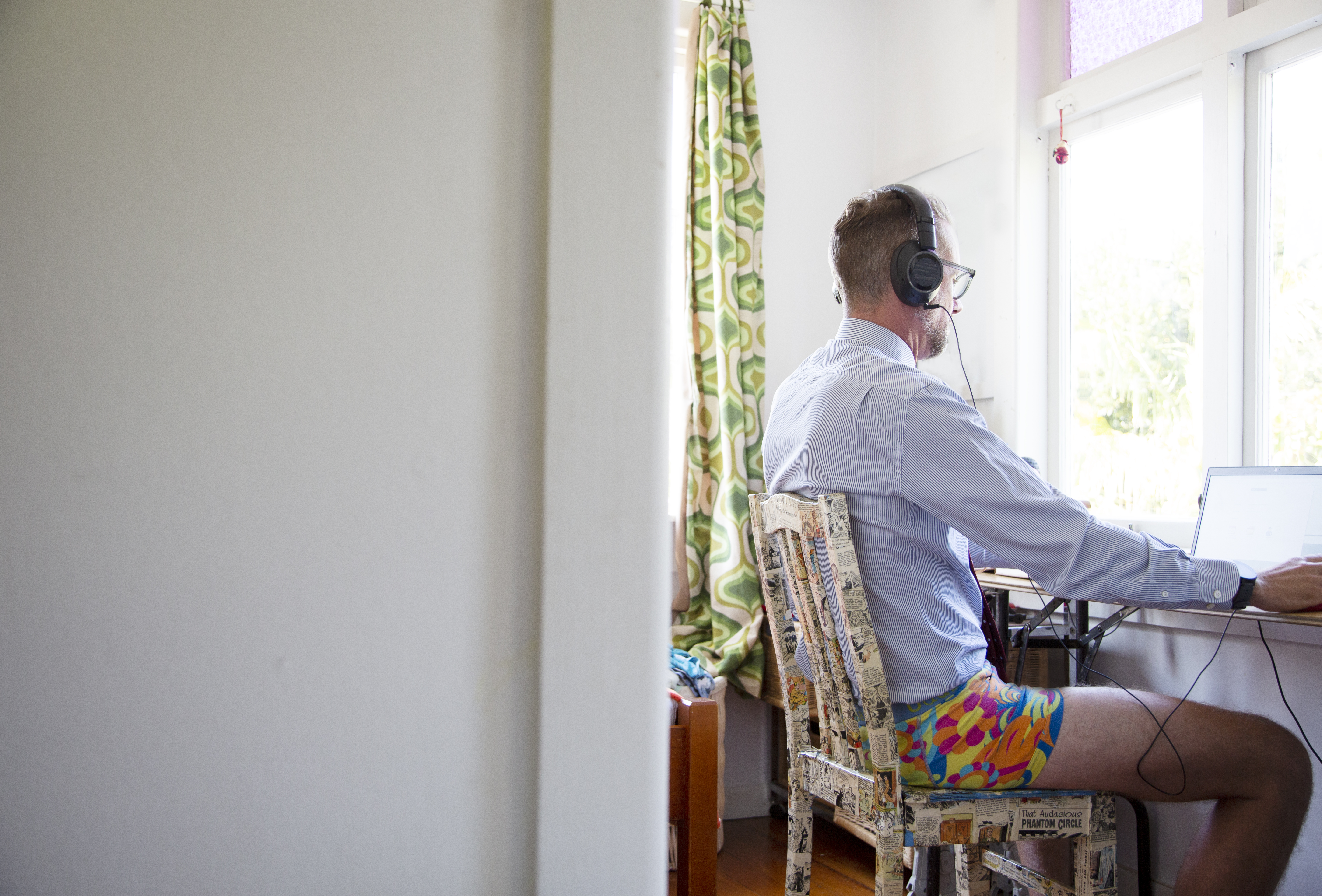
Keep it (multi)functional
“Living in a small space means that there isn’t much room for furniture. This can be challenging at first, however if you are smart with your choices you can get everything you need without overcrowding. Multifunctional furniture keeps the space efficient by having one piece that can do two or more jobs, meaning less furniture taking up precious room. This means you won’t need to decide between two pieces of furniture, while helping you save money by doubling up on uses for each item. Think folding tables, sofa beds, stackable furniture and tables with storage which will save room and let you transform the space with a few simple adjustments.”
Incorporate modular storage
“Modular furniture provides an abundance of storage solutions while being adaptable according to the space and its uses. You can maximize the space by placing modular storage units underneath sloped ceilings or alcoves with additional storage, making awkward nooks and crannies feel bespoke to your layout while keeping your home tidy.”
